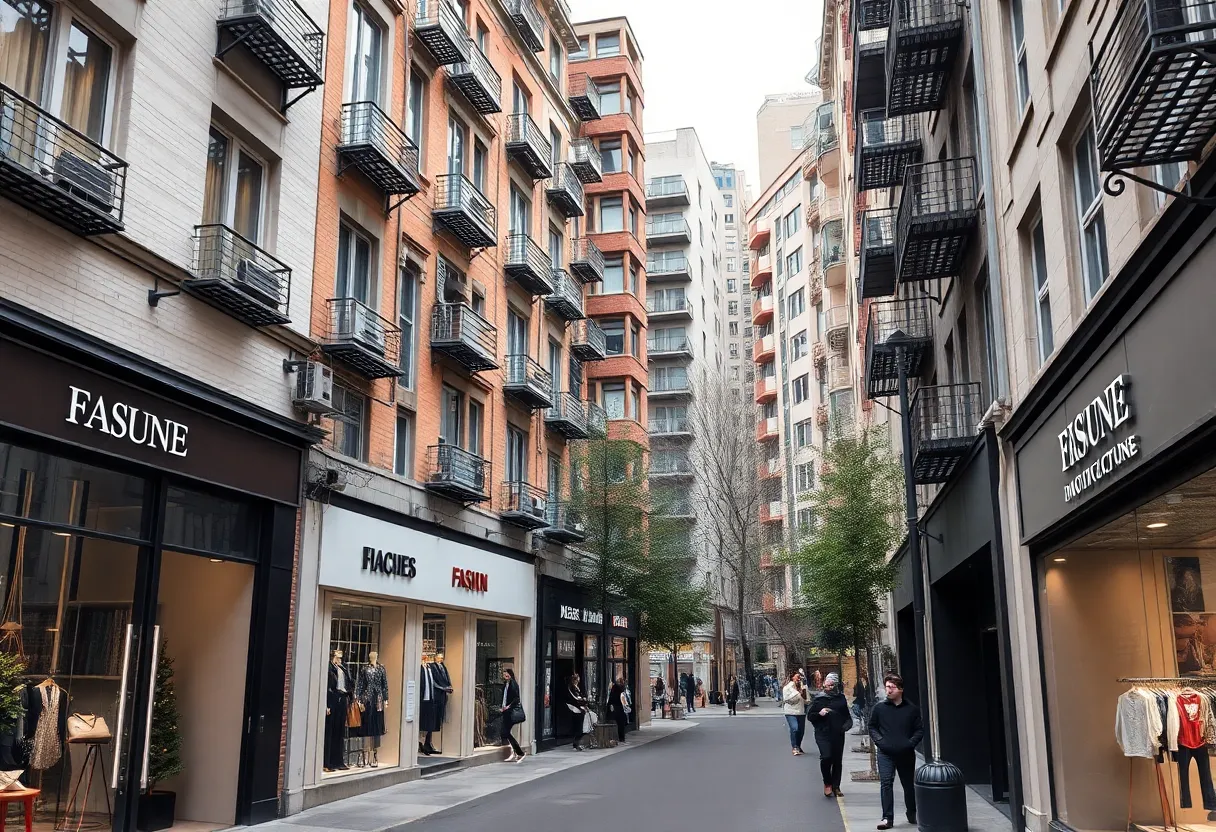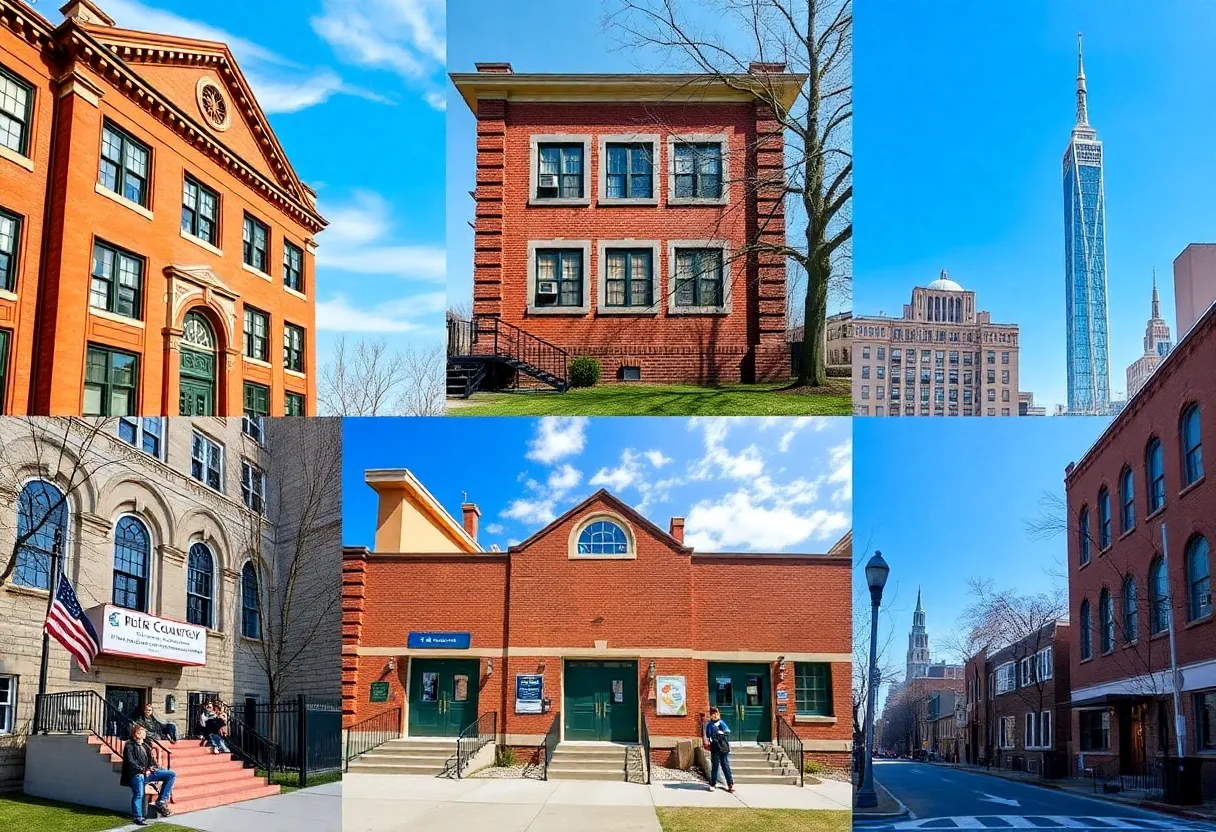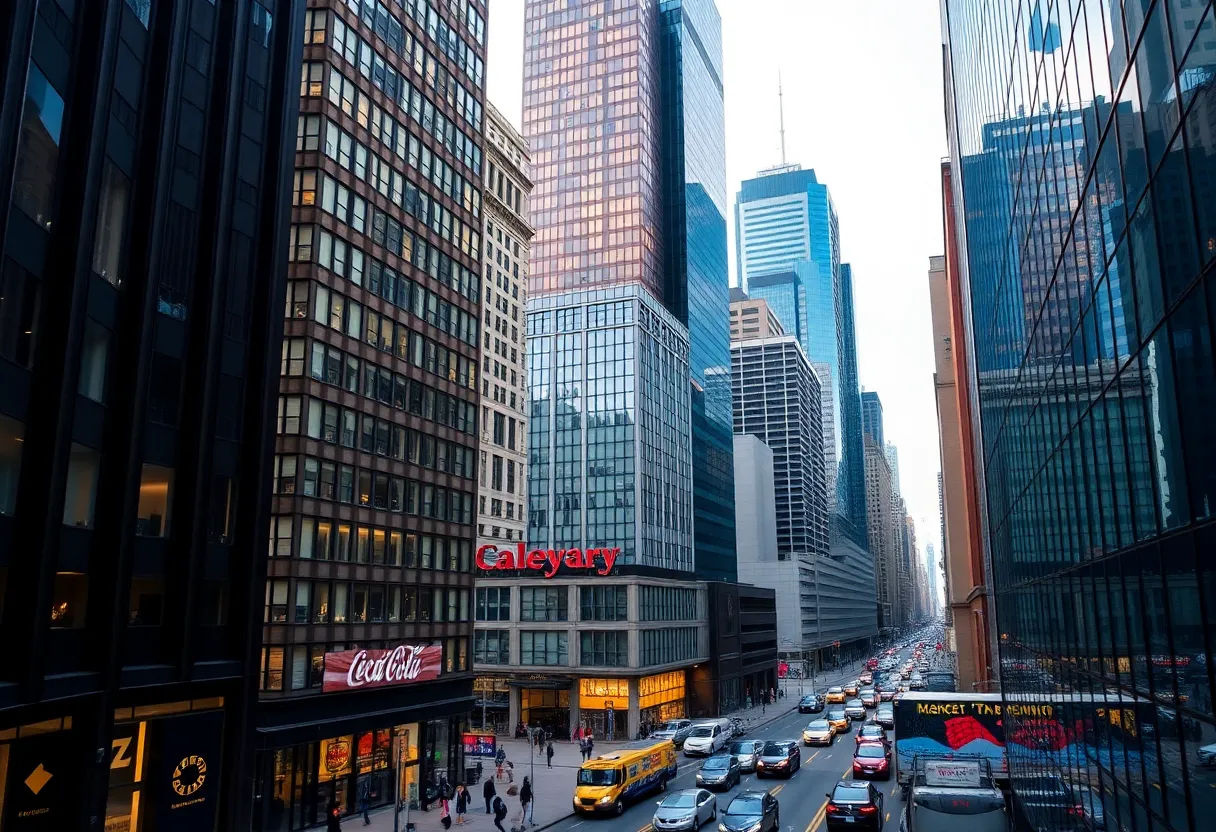News Summary
New York City’s historic Garment District faces potential transformation as a rezoning proposal by the Department of City Planning allows for the conversion of manufacturing spaces into residential buildings. Critics warn this threatens the district’s fashion-related businesses that have endured a drastic decline in recent years. While the plan aims to address housing shortages by adding new residential units, stakeholders express concern over losing the creative infrastructure that supports young designers and local producers. The ongoing debate highlights the tension between development and the preservation of New York’s status as a global fashion capital.
New York City is facing a potential transformation of its historic Garment District as a new rezoning proposal threatens to alter the landscape of this iconic location. The Department of City Planning (DCP) has approved a measure known as the Midtown South Mixed-Use plan (MSMX), which could allow for the conversion of manufacturing spaces into residential buildings. If this rezoning is ratified by the city council and Mayor Eric Adams, it may displace a significant portion of the area’s fashion-related businesses, posing a serious risk to New York’s status as a global fashion capital.
Since the 1970s, the Garment District has seen a staggering decline of over 90% in its manufacturing capacity, a trend that has accelerated in recent years. The new zoning rules aim to alleviate housing shortages by generating areas with mixed-use neighborhoods that could include 9,700 new housing units—of which 2,900 would be income-restricted. However, the DCP estimates that nearly 114 out of the district’s 500 fashion-related businesses might need to relocate or shut down, as rising rents follow redevelopment.
Critics argue that the proposed rezoning threatens to dismantle an essential creative infrastructure that continues to play a vital role in the fashion industry. Despite the decline in manufacturing, many critical operations remain, including sample and pattern-making, which are indispensable for designers aiming to establish their collections. The area assists in crafting garments for high-profile events like the Met Gala and helps to foster relationships between young designers and local producers, ensuring quick turnaround times and resource-sharing capabilities.
Several local fashion figures have voiced their concerns regarding the implications of the rezoning plan. They point to the ongoing need for spaces that support the diverse operations of the remaining businesses, which are integral to the ecosystem of fashion in New York City. The Partnership for New York City has highlighted that the city’s fashion capital status is threatened by various pressures such as business closures and high operational costs, compounded by an increasing trend of fashion businesses relocating to lower-cost areas.
The DCP’s argument for the rezoning posits that it is essential for creating a vibrant mixed-use atmosphere. However, opponents fear that such development could lead to the demolition of unique loft buildings, resulting in a homogenized urban landscape that fails to capture the creative spirit of the District. Notably, some long-standing manufacturers, including Wing & Weft Gloves, have expressed the desire to continue operations within the established zoning framework, which they argue is crucial for the local fashion ecosystem.
New York’s fashion industry contributes over $3 billion to the city’s tax revenue and cultural identity, yet continues to face challenges from other global fashion capitals that provide better support mechanisms for local businesses. In the past, promised incentives aimed at bolstering manufacturing in the Garment District have not fully materialized, intensifying worries about the stability of this essential community.
Despite the potential positive aspects of the proposed rezoning—such as increased housing availability—many stakeholders within the fashion industry are advocating for enhanced support measures. These include workforce programs and relief funds targeted at displaced businesses to mitigate the negative impacts of the rezoning. Local designers have emphasized the necessity of collaborative environments that nurture growth and creativity, reinforcing the notion that the future of the Garment District is inextricably linked to its standing as a manufacturing hub.
As the city moves toward potentially approving the new rezoning plan, the tension between development and preservation continues to shape the conversation surrounding the Garment District. The outcome of this proposal could not only influence the local fashion landscape but also determine New York City’s ongoing identity as a cornerstone of the global fashion industry.
Deeper Dive: News & Info About This Topic
HERE Resources
New Brasserie Set to Open in Manhattan’s Garment District
Approval Granted for Demolition of Upper East Side Townhouses
St. Regis New York Unveils Lavish Renovation for Anniversary
Chez Fifi: New Upscale Brasserie Opens in Manhattan
Ferrara Manufacturing Expands American Apparel Legacy
Consumers Stockpiling Amid Tariff Uncertainty in New York
Wall Street Faces Turbulence Amid Trade War Fears
New York City Faces Fashion Crisis as Tariffs Hit Garment District
Additional Resources
- Business of Fashion: Garment District Manufacturing Rezoning
- Wikipedia: New York City
- W42ST: Garment District Rezoning Threatens Historic Buildings
- Google Search: New York Garment District
- 6sqft: NYC Could Landmark Garment District Skyscrapers
- Encyclopedia Britannica: Garment District
- PIX11: Garment District Rezoning Proposal Sparks Debate
- Google News: Garment District Rezoning
- WWD: New York City Garment District Rezoning
- Vogue Business: New York’s Garment Industry is Under Threat

Author: STAFF HERE NEW YORK WRITER
The NEW YORK STAFF WRITER represents the experienced team at HERENewYork.com, your go-to source for actionable local news and information in New York, the five boroughs, and beyond. Specializing in "news you can use," we cover essential topics like product reviews for personal and business needs, local business directories, politics, real estate trends, neighborhood insights, and state news affecting the area—with deep expertise drawn from years of dedicated reporting and strong community input, including local press releases and business updates. We deliver top reporting on high-value events such as New York Fashion Week, Macy's Thanksgiving Day Parade, and Tribeca Film Festival. Our coverage extends to key organizations like the Greater New York Chamber of Commerce and United Way of New York, plus leading businesses in finance and media that power the local economy such as JPMorgan Chase, Goldman Sachs, and Bloomberg. As part of the broader HERE network, including HEREBuffalo.com, we provide comprehensive, credible insights into New York's dynamic landscape.





